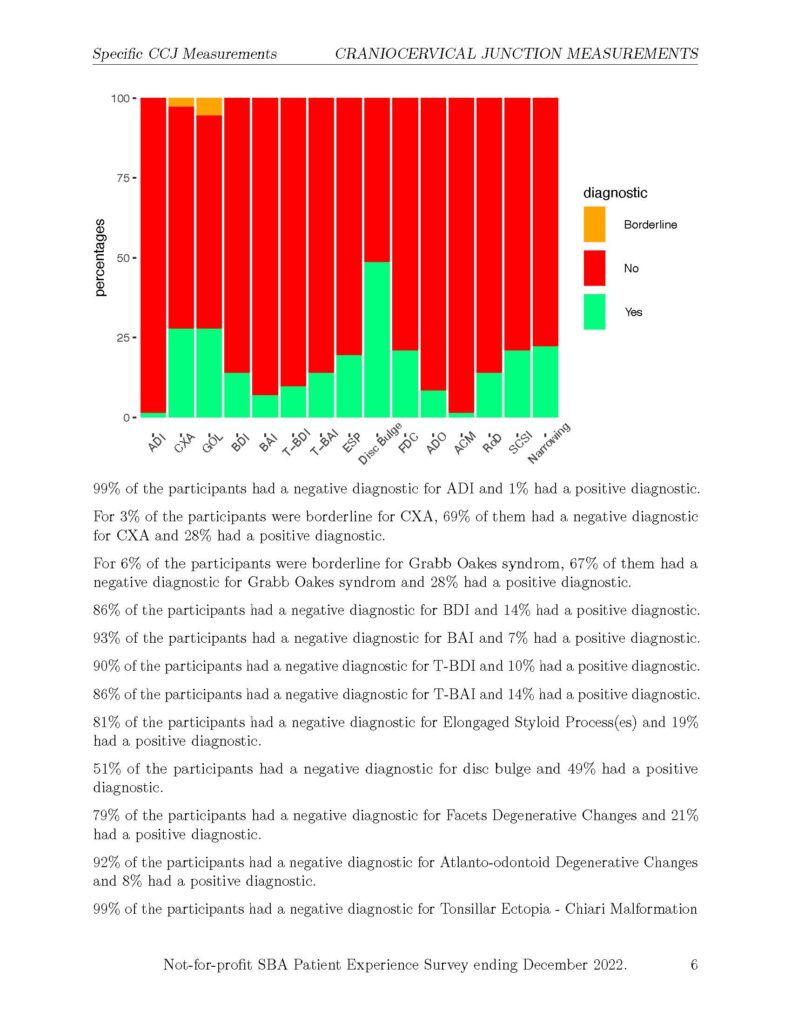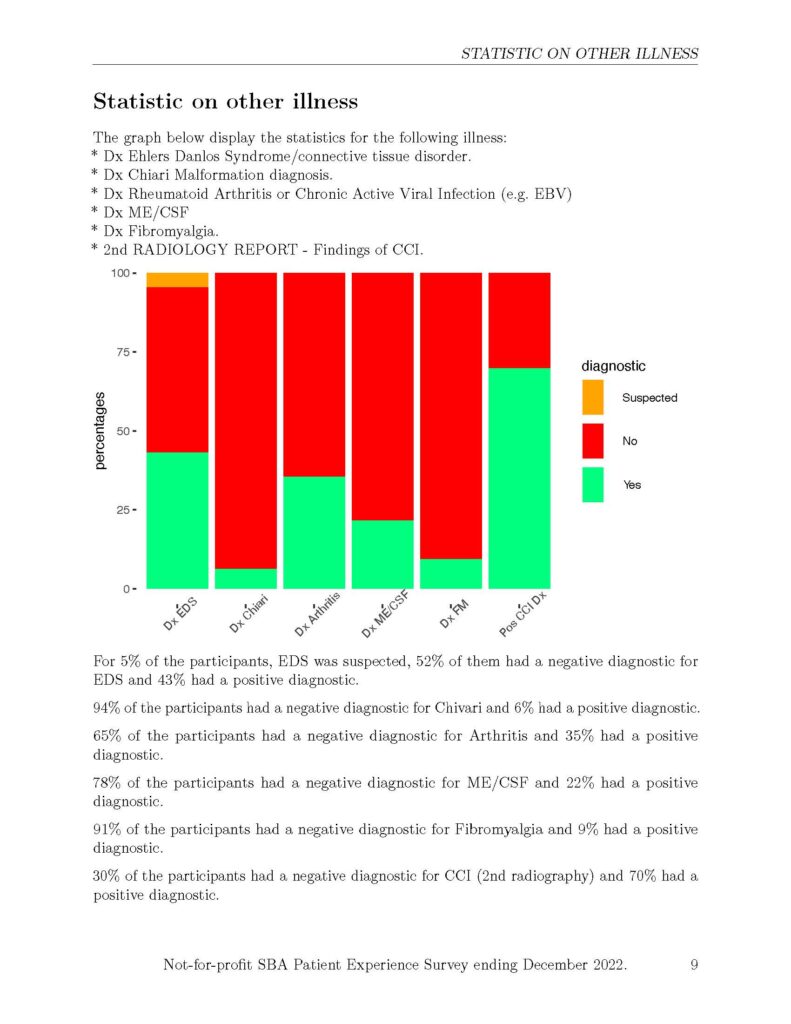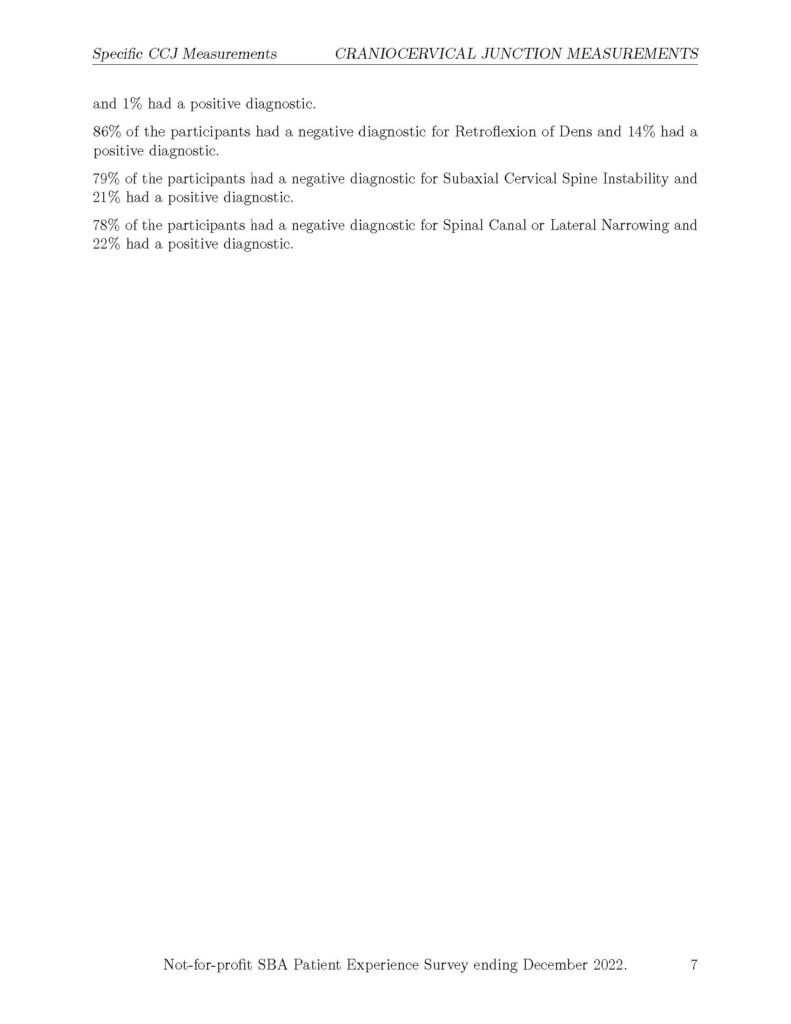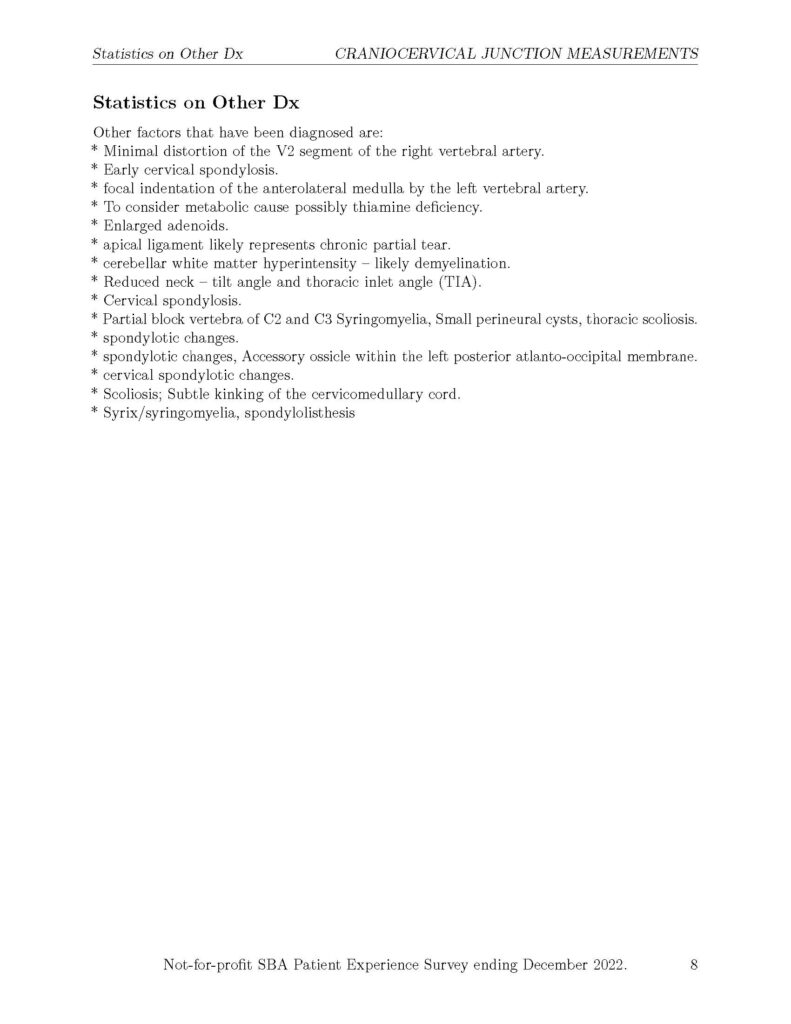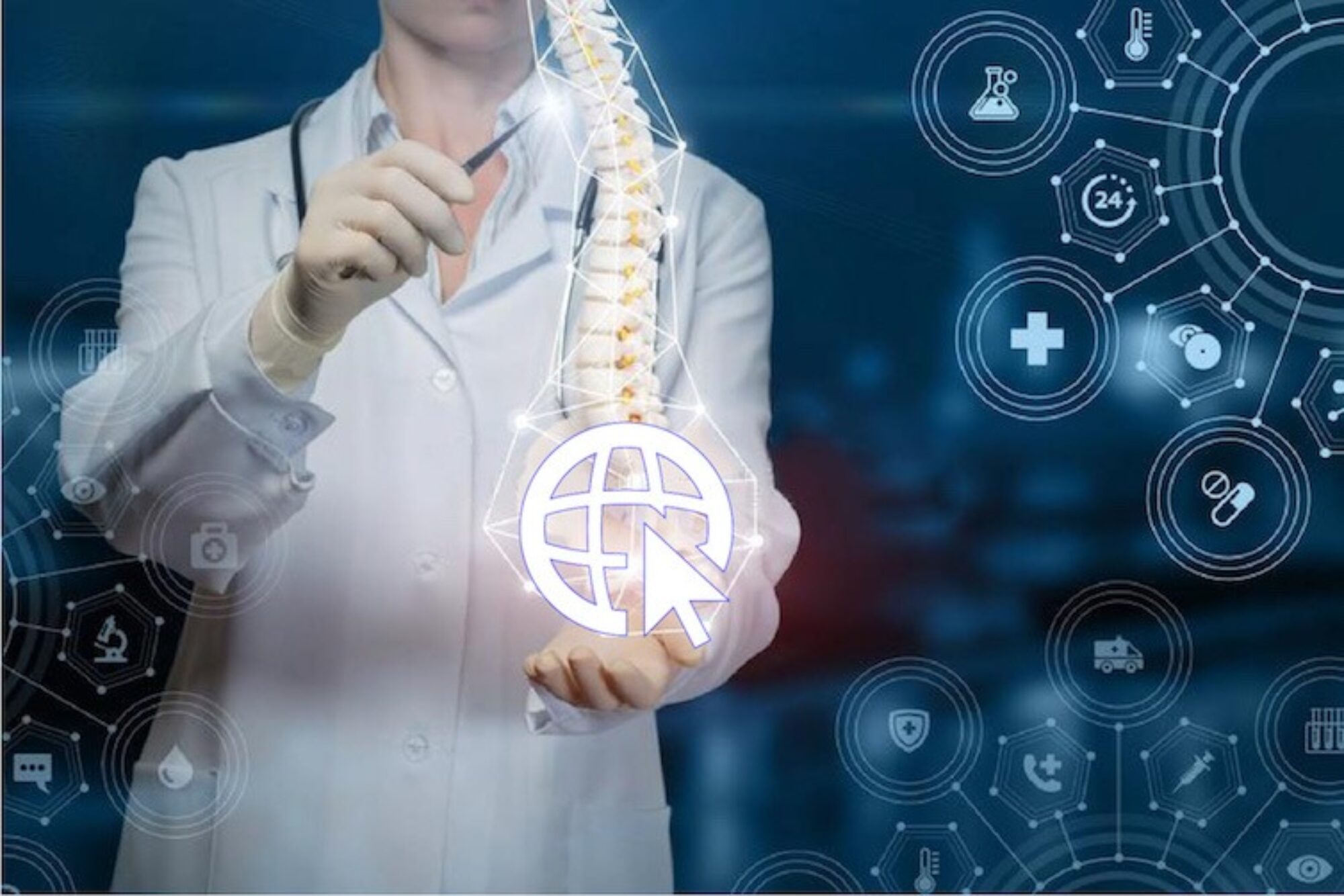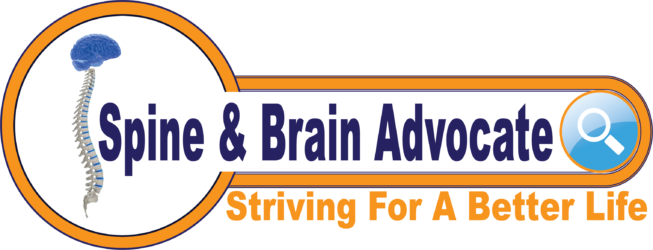2nd Radiology Report Compiled Summary 2022: Unveiling Critical Insights
The 2nd Radiology Report Compiled Summary is a cornerstone of Spine and Brain Advocate’s mission, to shed light on craniocervical junction disorders. Our dedicated team of Consultant Radiologists, specializing in this intricate field, strives to offer comprehensive reports, particularly when original, minimum standard reports fall short. We understand the challenges faced by patients seeking answers in the realm of craniocervical junction disorders. Often, these disorders go unnoticed because treating physicians and radiologists may not initially suspect their presence, leading to insufficient investigation.
At Spine and Brain Advocate, we propose a working hypothesis that the broader medical community tends to underestimate the prevalence of craniocervical disorders, perceiving them as rare. Contrarily, they are frequently overlooked, especially in cases where symptoms aren’t apparent in supine, neutral imaging but become evident in dynamic diagnostic studies.
Our report aims to bridge this diagnostic gap by highlighting disparities between patients’ Original Radiology Reports and the 2nd Opinion Radiology Reports by our Consultant Radiologists. We delve into crucial details, such as prevalent craniocervical junction disorders, CCJ measurements, various types of Craniocervical Instability (CCI), and the frequency of elongated styloid processes – often posing as a differential diagnosis with similar symptoms to CCI.
It’s important to note that this is an initial release of our reports, and we anticipate continuous refinement as we accumulate more data.
Why does the 2nd Radiology Report Matter?
Beyond its diagnostic significance, the 2nd Radiology Report plays a pivotal role in Spine and Brain Advocate’s mission to drive change and awareness. We believe that, to advocate for transformative healthcare changes on both individual and systemic levels, data is paramount. The 2nd Radiology Report, along with the Patient Experience Report, serves as a powerful tool to tell patients’ stories. As we amass substantial data, these reports will form the foundation for lobbying and advocating for healthcare improvements at local, national, and global levels, reaching Radiologists, Primary Care Physicians, Neurosurgeons, Neurologists, and Orthopaedic Physicians & Surgeons worldwide.
Data Collection and Analysis Process
To compile the 2nd Radiology Report – Compiled Summary, Spine and Brain Advocate meticulously gathered Original Radiology Report and 2nd Opinion Radiology Report data until December 31, 2022. This data was organized in an Excel spreadsheet, with an initial cleanse involving the replacement of patient names with initials and the removal of personal information such as addresses.
Expert Analysis
The data analysis and report compilation were entrusted to accomplished individuals with validated credentials in PhD Bioinformatics and statistical expertise. After rigorous interviews, our team selected the most qualified candidates, including a PhD Bioinformatics consultant from Germany and another from France.
Key Findings: CCI Comparison
Original Radiology Reports:
– 12% of participants showed positive Craniocervical Instability (CCI) findings.
– 32% displayed negative CCI findings.
– CCI information was unavailable or not investigated in 43% of cases.
– 11% did not submit an Original Radiology Report.
2nd Opinion Radiology Reports by Spine and Brain Advocate Consultant Radiologists:
– 70% of participants exhibited positive CCI findings.
– 30% showed negative CCI findings.
For a detailed exploration, please refer to the full report and accompanying images below.
Thank you for joining us on this journey of unraveling critical insights into craniocervical junction disorders. Your partnership contributes to our collective mission of driving positive change in healthcare.
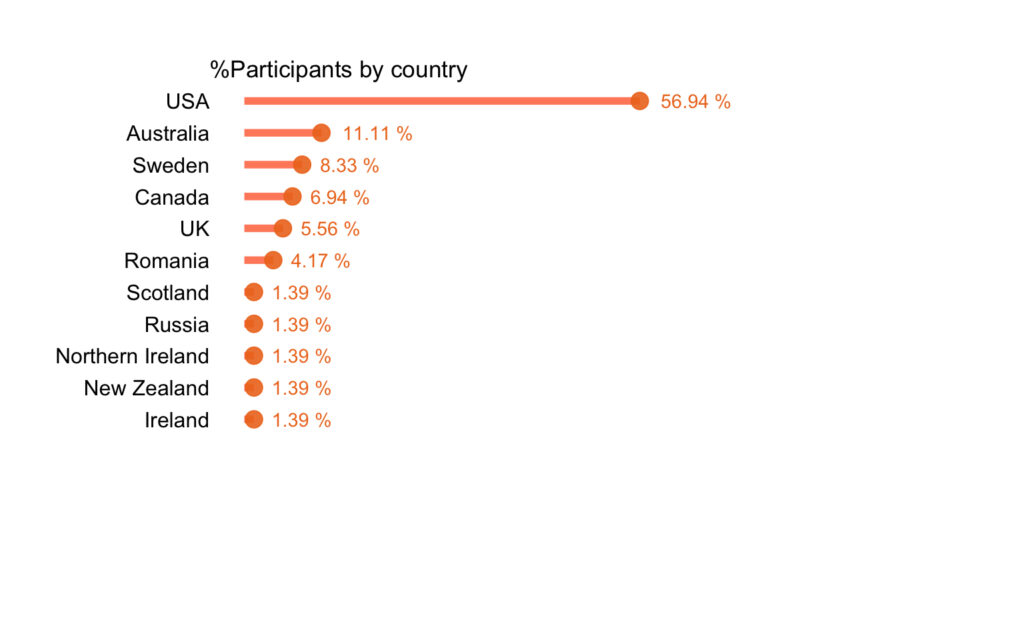
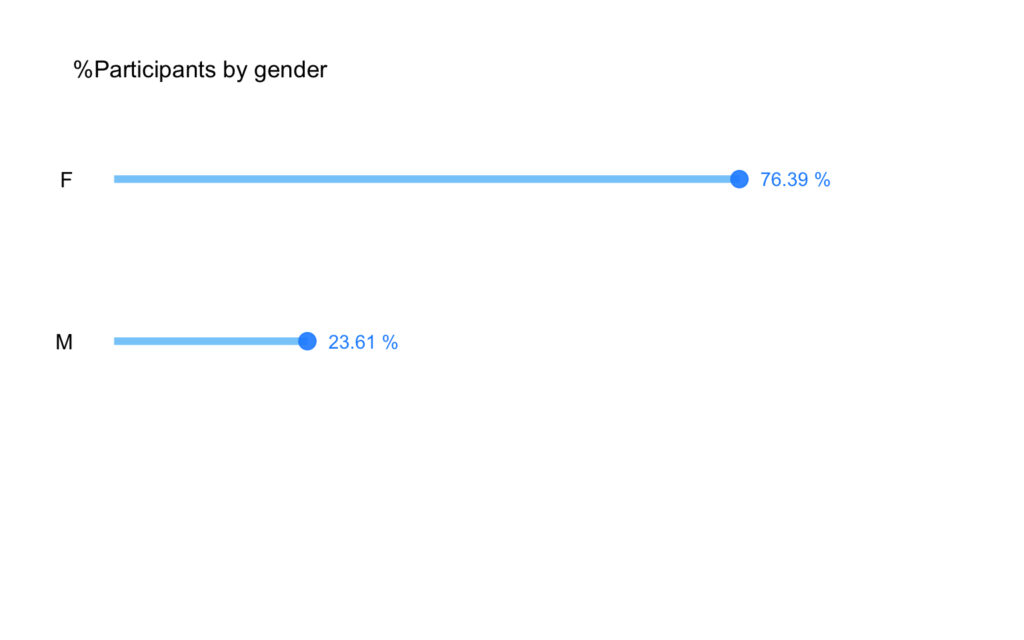
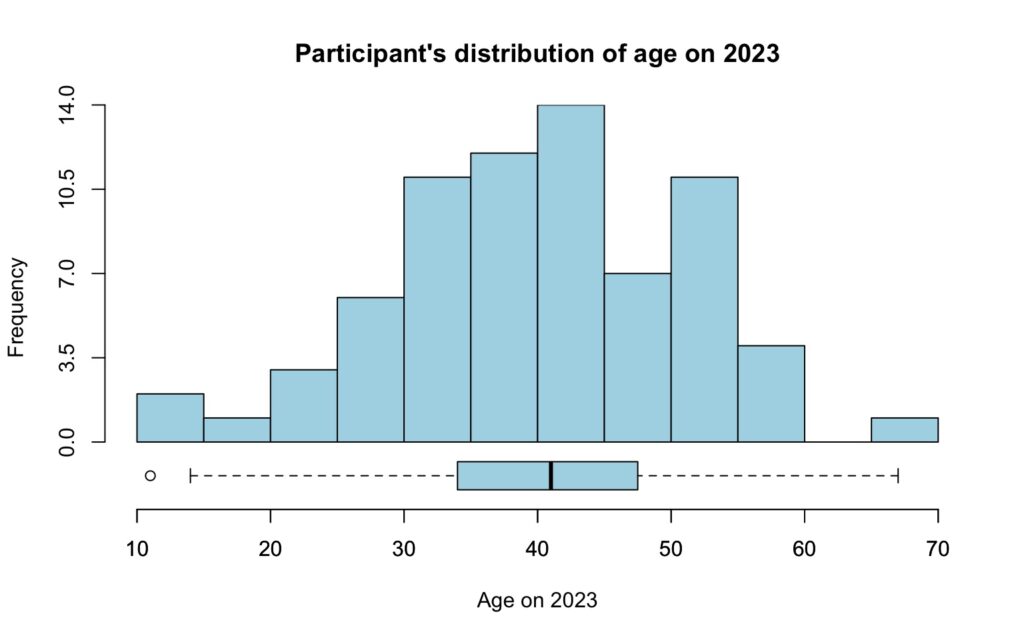
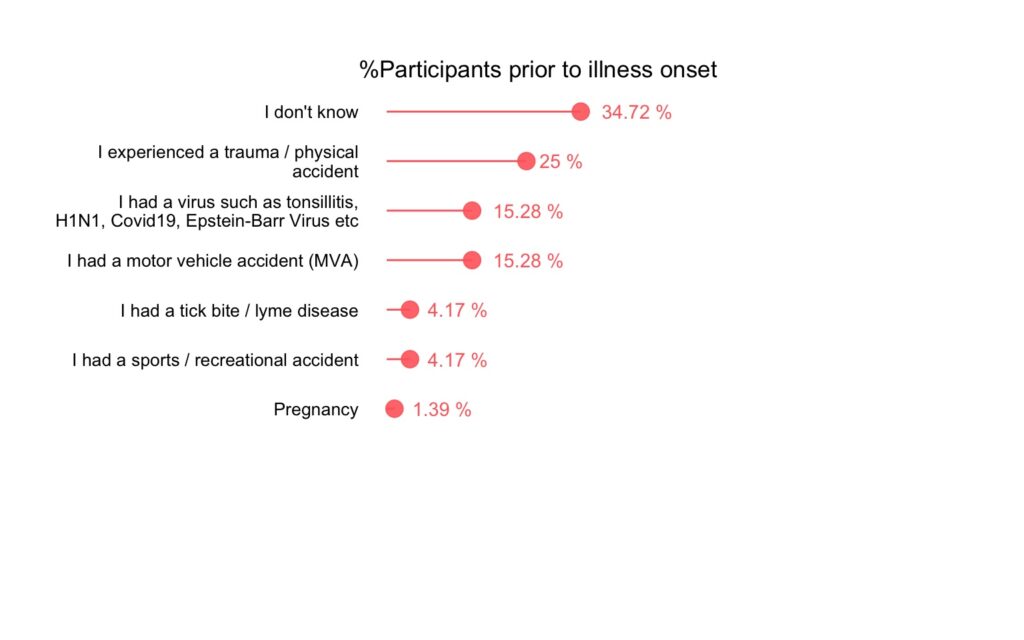
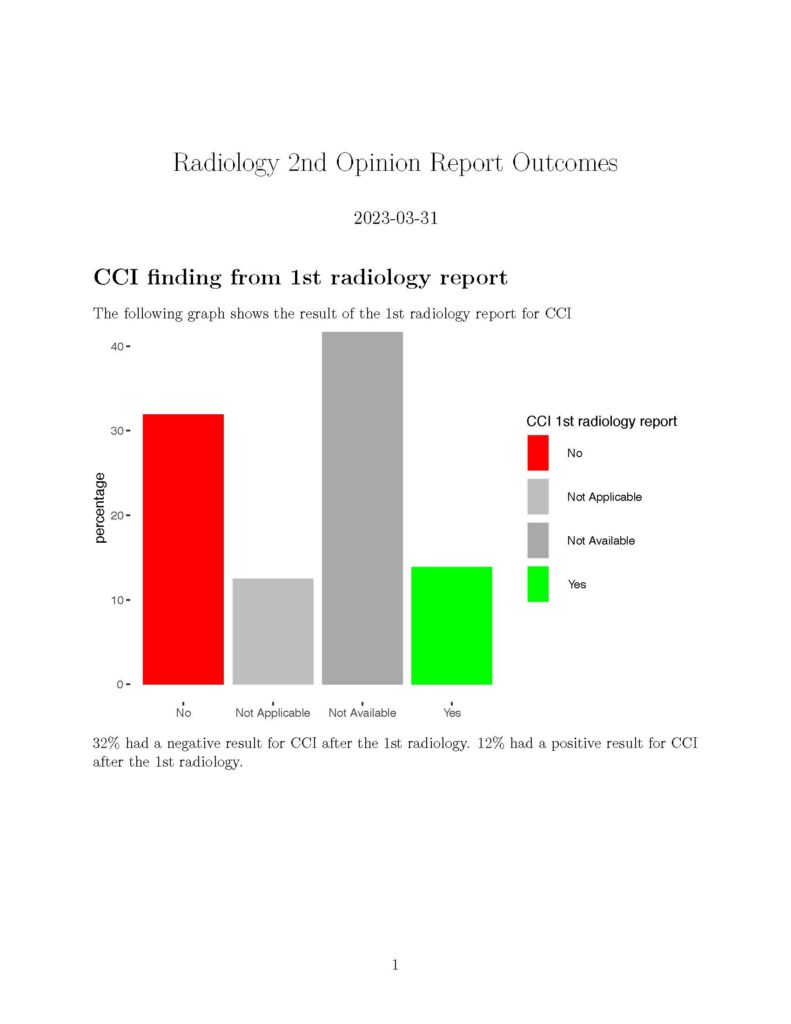
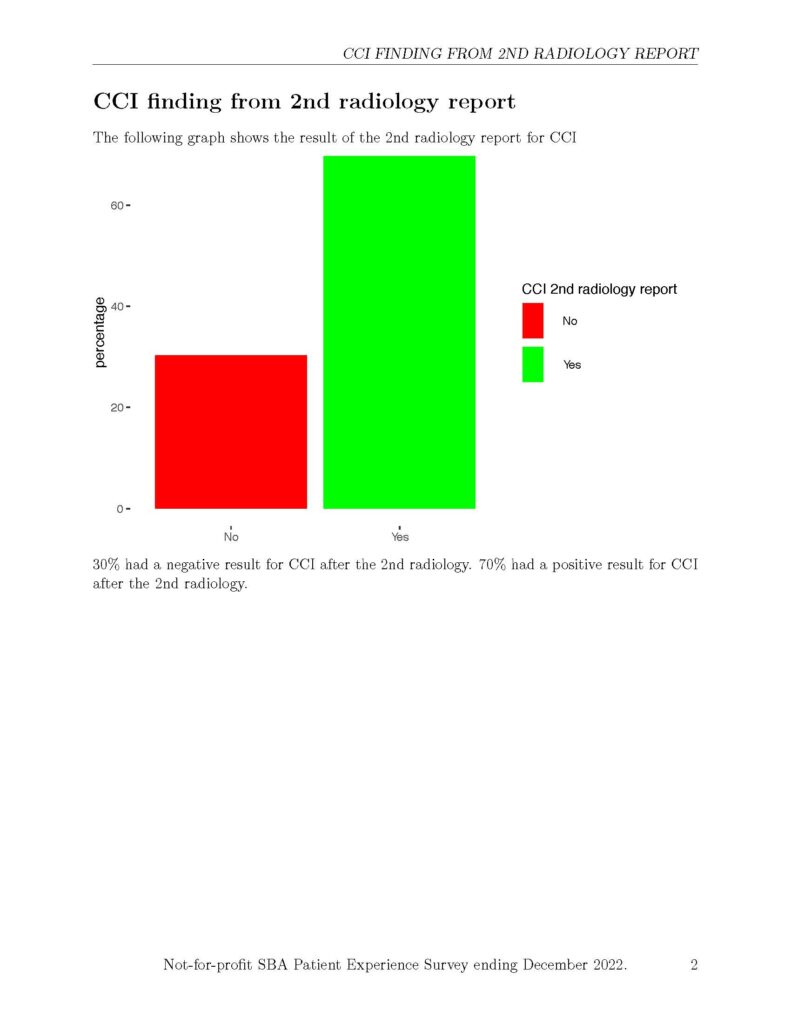
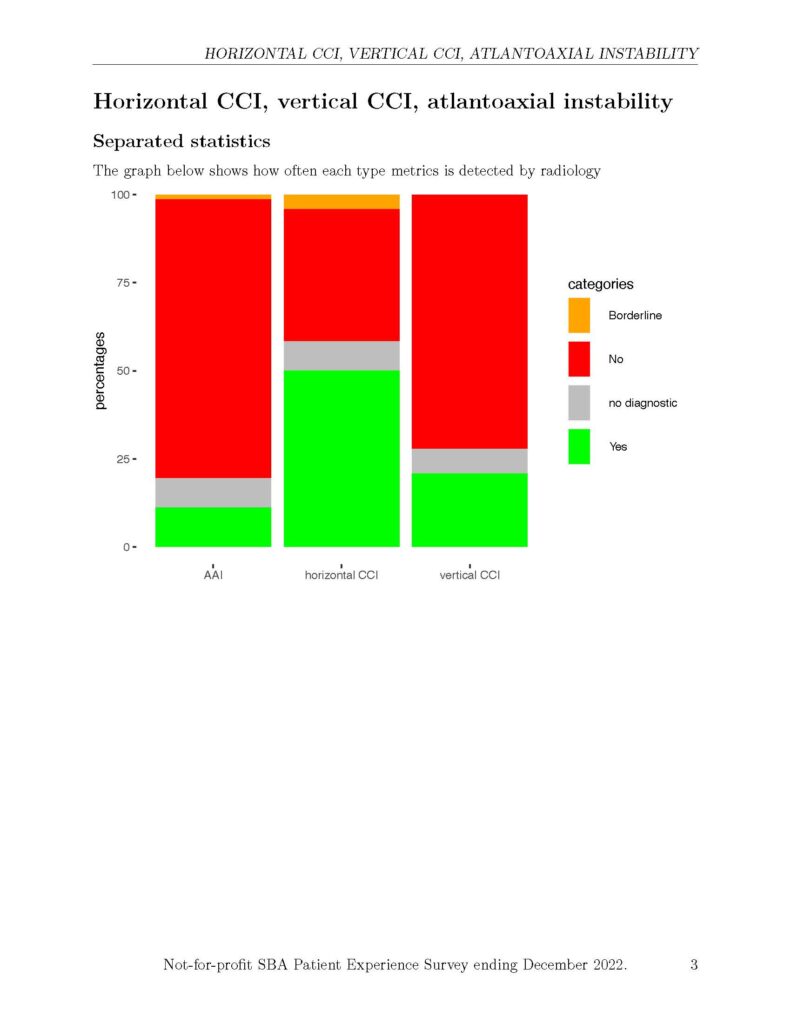
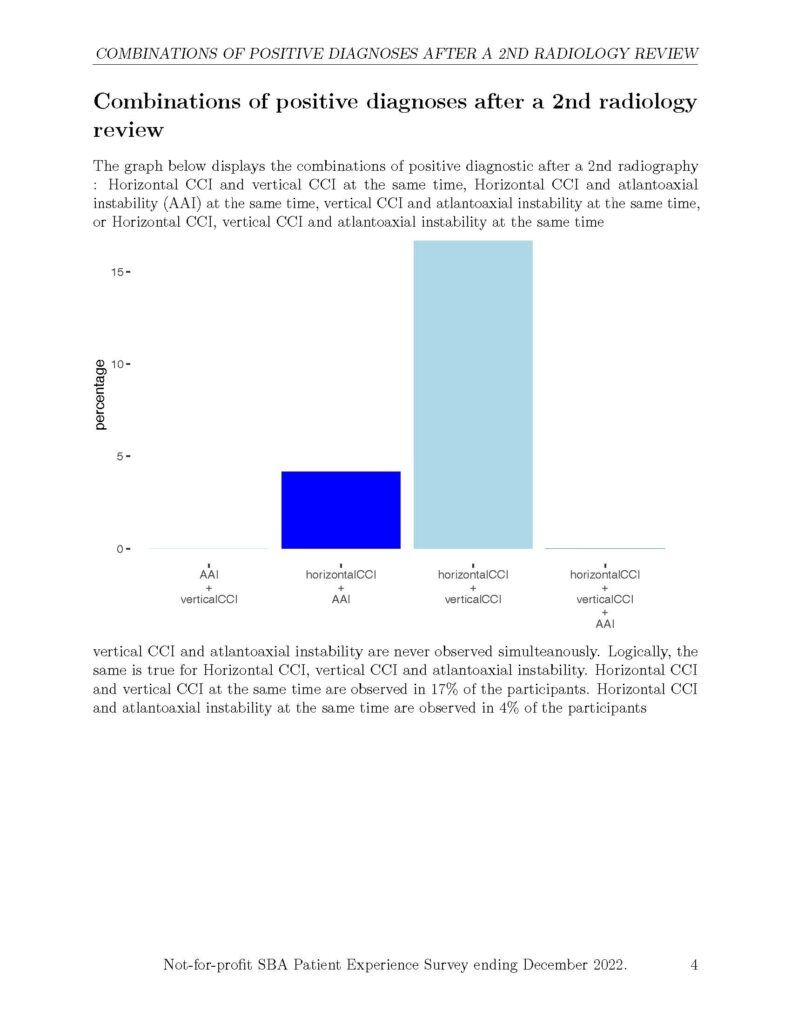
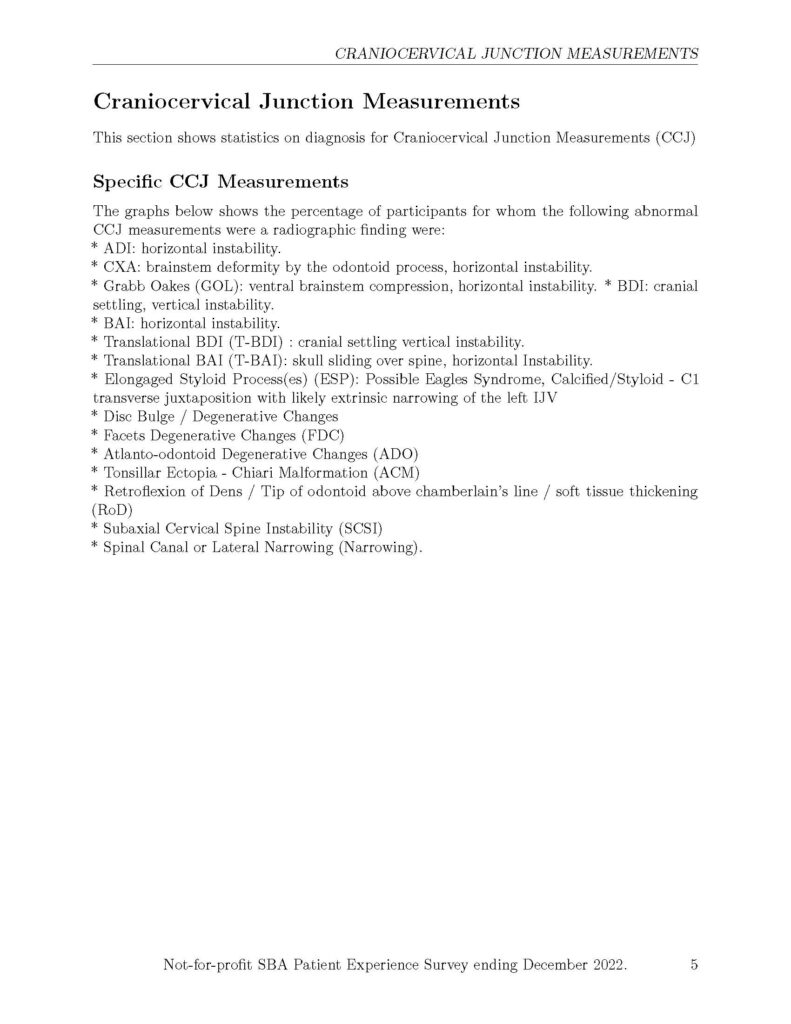
For definitions on pages 5, 6 and 7, check SBA’s CCI Learning Center in the menu. Please note that the website and CCI Learning Center are the process of being updated and also, as new relevant studies or information become available, the site will be updated. Also note, that the website is updated on a volunteer basis and therefore may take some time, thanks in-advance for your patience.
